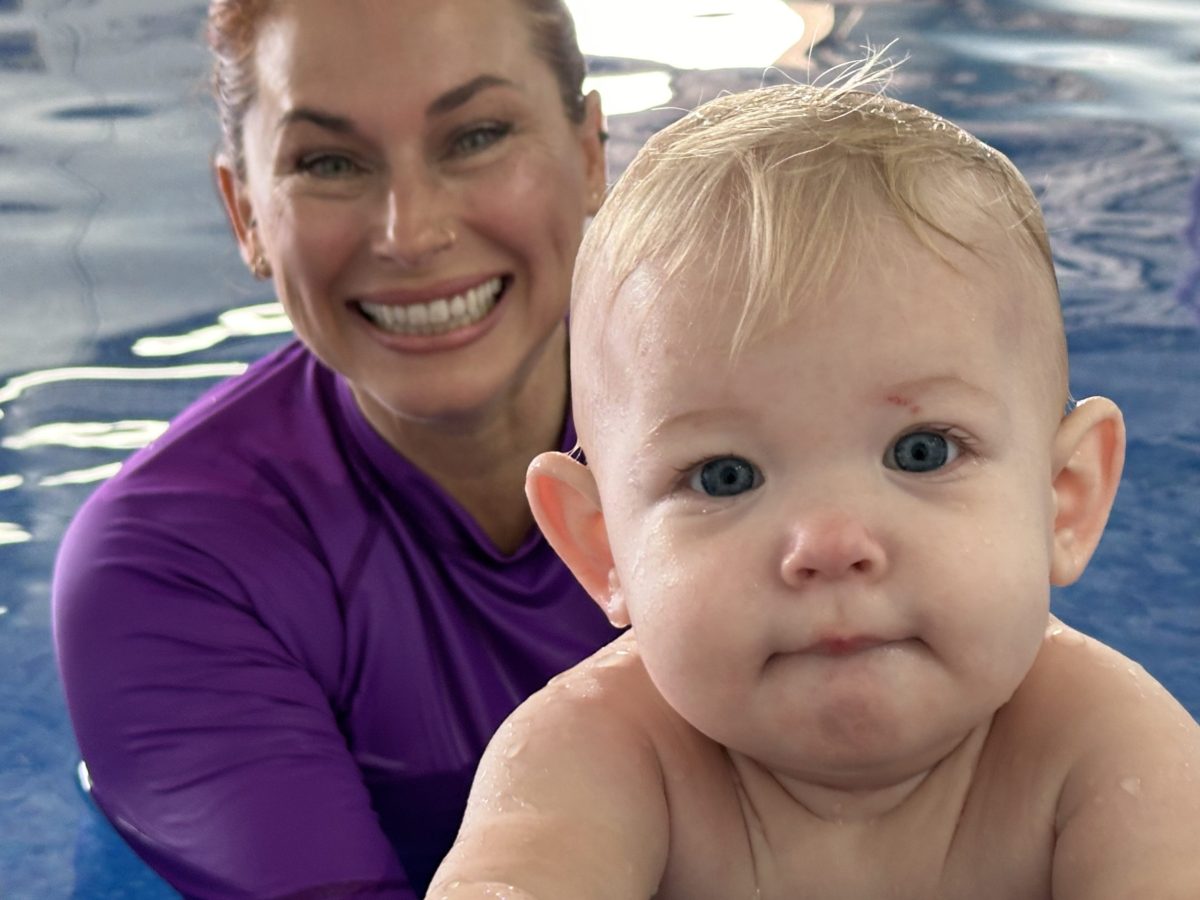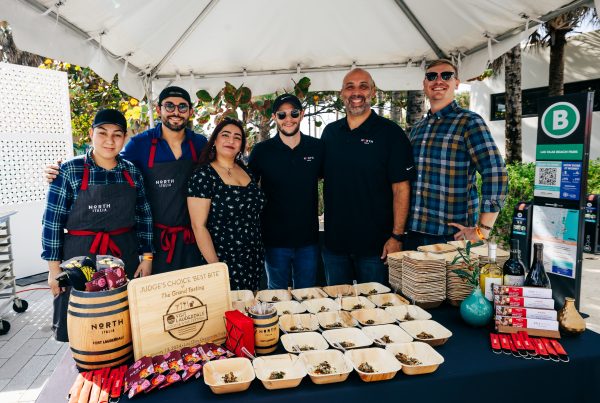You’ve probably seen the videos on social media—babies as young as six months old being plopped into the swimming pool and carefully rolling onto their backs.
It’s called Infant Swimming Resource, a method of drowning prevention taught to babies and toddlers should they find themselves in the water without adult supervision.
“What we teach is considered self-rescue swimming,” says Kristy Squire, an ISR-certified swim instructor for almost 18 years. “Being able to float is something that is very critical in saving themselves. I’m trying to spread awareness that drowning is a preventable tragedy.”
According to the Centers for Disease Control and Prevention, the leading cause of death in children ages 1 to 4 is drowning. That’s a real concern for parents in Florida, whose children are practically surrounded by water, whether it be swimming pools or canals, beaches and other waterways. Florida actually ranked first in the country for unintentional drowning deaths for children under 9 years old, and fourth in the country for accidental drownings for people of all ages.
While not every case is preventable, Squire and other ISR instructors want to help parents teach their children to rescue themselves if they wind up in the water. She works closely with the YMCA of South Palm Beach County as well as hosts private classes. To alleviate concerns and to answer questions, she hosts free Zoom or Google Meet meetings with parents (camera on or off).
“There’s an unfortunate misnomer that surrounds ISR lessons that it’s just where you throw the babies in the water and expect them to figure it out,” Squire says. “It’s so very different from that…I always invite people to come and watch just so they can see for themselves.”

Swimming lessons are tailored to children based on their age and ability. At a minimum, infants must be at least six months old and able to sit up unassisted; this ensures they have the core strength to be able to flip over onto their backs. As they get older, children learn the “swim, float, swim” technique, where they paddle to safety while rolling onto their backs as needed to take a break. Squire says that it’s recommended that little ones take classes for four to six weeks, five days a week to master the skills. Around the age that children start to get involved in activities, that’s a good age to graduate to learning stroke work, she says.
To ensure that swimming safety isn’t cost prohibitive, the program offers full and partial scholarships. She is also certified to work with children with autism, and she works with older children who fear the water or had a scary experience in the past.
Squire was inspired to become ISR certified when her daughter, now 20, was a toddler and Squire learned that their nanny did not know how to swim. She took her daughter to lessons, giving her the reassurance that should something happen, her daughter would be able to rescue herself. However, she notes that a child knowing how to self-rescue still needs to be monitored—ISR teaches them the skills for emergency situations.
“Water really is everywhere and it sets the tone for these little ones that they can do hard things from a very young age,” Squire says. “They’re physically very capable and the water is an awesome place to learn and retain skills.”
To learn more about swimming classes and scholarship opportunities, visit isrcoachkristy.com or ymcaspbc.org/programs/aquatics/swimlessons.







